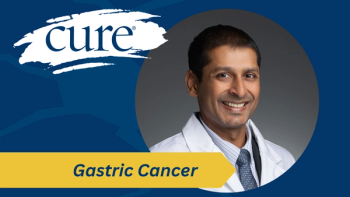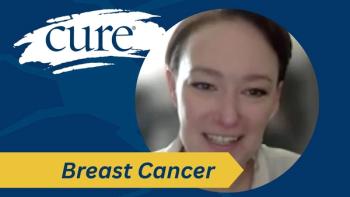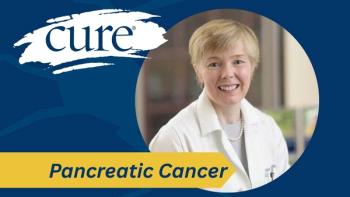
New Tool Helps Patients With Myelofibrosis Time Stem Cell Transplantation for Better Outcomes
“What we really want this to do is be a place for patients to facilitate conversations with their doctor,” Michelle Woehrle, executive director of MPN Research Foundation (MPNRF) said.
An allogeneic stem cell transplant (ASCT) is the only treatment that has the potential to cure myelofibrosis (MF), one of the three main types of myeloproliferative neoplasms (MPN); however, a stem cell transplant comes with risks — some potentially life-threatening. Fortunately, there is a new tool that can help with these potential concerns.
Patients with MF can now evaluate risk through a new tool designed to improve transplant outcomes. The
“What we really want this to do is be a place for patients to facilitate conversations with their doctor,” Michelle Woehrle, executive director of MPN Research Foundation (MPNRF), told CURE in an interview.
The tool uses the Dynamic International Prognostic Scoring System (DIPSS), which is a validated measuring system to predict survival. An upgrade to SSTT is currently underway which will incorporate the Mutation-Enhanced International Prognostic Score System, or MIPSS70, to enhance the DIPSS by including a patient’s mutational profile.
Patients are prompted to provide information such as age, white blood count, hemoglobin, blasts and other symptoms — on their own or with the help of their hematologist. The SSTT then provides a color signal based on that information, which indicates the risk level of the patient’s disease, median survival times for that level and relative urgency to consult a transplant team.
“We are motivated by the belief that some patients are waiting until they’re too sick and when their body is already beleaguered,” Woehrle said. “We want to provide all the information we can to ensure patients get the best outcomes from the available options today while we invest in research for tomorrow’s treatments and cures.”
In addition to helping patients understand the process, risks, benefits and optimal timing of a transplant, the SSTT is also meant to better inform non-MPN focused hematologists.
“What we have heard so often from people who have a diagnosis of polycythemia vera, essential thrombocythemia and myelofibrosis is that their physicians aren’t always up to date on the latest thinking in MPN research, especially those in the community setting. That’s not due to negligence, but sometimes they just don’t see that many patients with MPN, so it’s not on their radar,” she said. “Patients then become the frontline for sharing information about the latest research on MPN and we want to be their partner in that work.”
The free tool includes notes and resources to help support patients in having these discussions with their hematologists. “It’s about our interest in empowering patients to be their own best advocates,” Woehrle said.
About 1.5 out of every 100,000 people in the United States are affected by MF each year, according to the Leukemia & Lymphoma Society (LLS). It can affect men and women and is usually diagnosed in people over 50. Because many patients are of older age and may have other health conditions, undergoing ASCT can be riskier. A patient’s medical team will determine who is a good candidate for a transplant.
“Stem cell transplants can be expensive, take a lot of time and be disruptive to flow of life, but they are the only curative therapy,” Woehrle said. “If (a patient) needs to be thinking about it, and it’s sooner rather than later, we want to make sure that they err on the side of what’s going to be the best outcome for them.”





